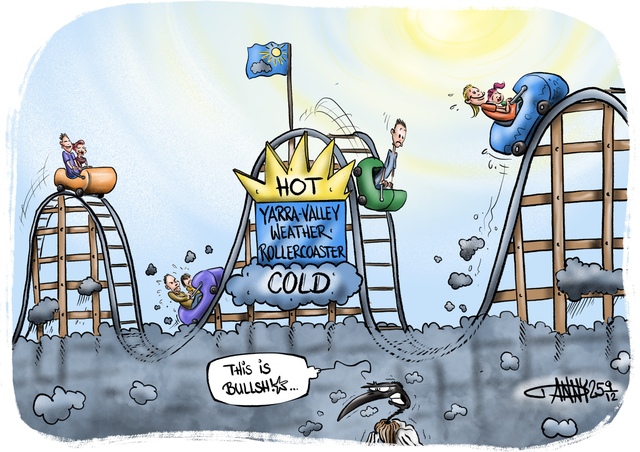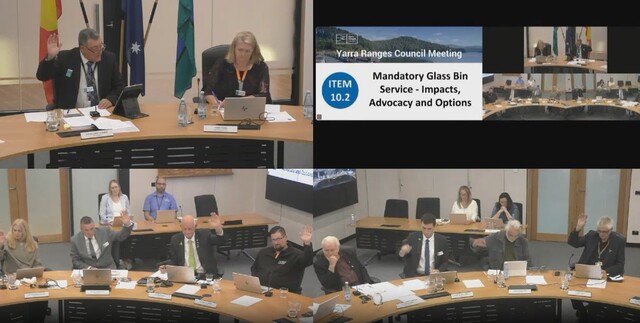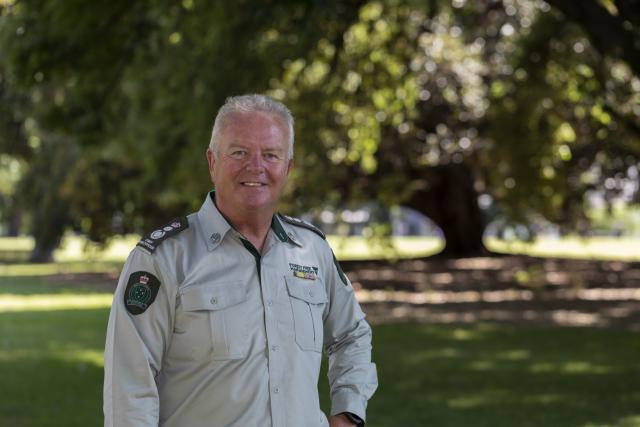The Lilydale and Belgrave lines are set to be two of the first to benefit from the Suburban Rail Loop (SRL) project, with works having started on Thursday 2 June on the construction of SRL East, which will join up both lines with Cheltenham via Box Hill station.
Premier Daniel Andrews and Suburban Rail Loop Minister Jacinta Allan today visited Clayton to announce the works and meet the workers undertaking excavation work near the site of the new SRL station.
Premier Daniel Andrews said the works started on the Suburban Rail Loop mark an iconic project Victorians voted for, and one that will transform the way we move around the state.
“SRL will create thousands of jobs and connect our suburbs – making it easier, faster and more convenient for all Victorians to access our fastest-growing employment, health, education and retail centres.”
The laying of a new 630-metre sewer pipe – dug by a remote-controlled micro-tunnelling machine – is the beginning of a massive program of initial and early works which will create up to 800 local jobs.
The beginning of these works will include road modifications, service relocation and preparation for three sites where the tunnel boring machines (TBMs) will be launched.
Minister for Suburban Rail Loop Jacinta Allan said she is thrilled to see construction start.
“SRL East will connect people across the east and southeast to workplaces, education, health and retail centres, delivering a massive pipeline of new jobs – and we’re getting on with building it.”
Up to 10 TBMS are expected to carve the 26 kilometres of twin tunnels, linking the six new underground stations.
SRL East will be open by 2035 – the first of three stages of the 90km orbital loop linking every major rail line via the airport – connecting major employment, health and education centres, creating a pipeline of jobs and training opportunities and slashing travel times. A trip from Cheltenham to Box Hill will take just 22 minutes.
As part of the research into the project, over two million hours, workers have completed thousands of lab tests and surveys, and geotechnical investigations at more than 840 sites.







